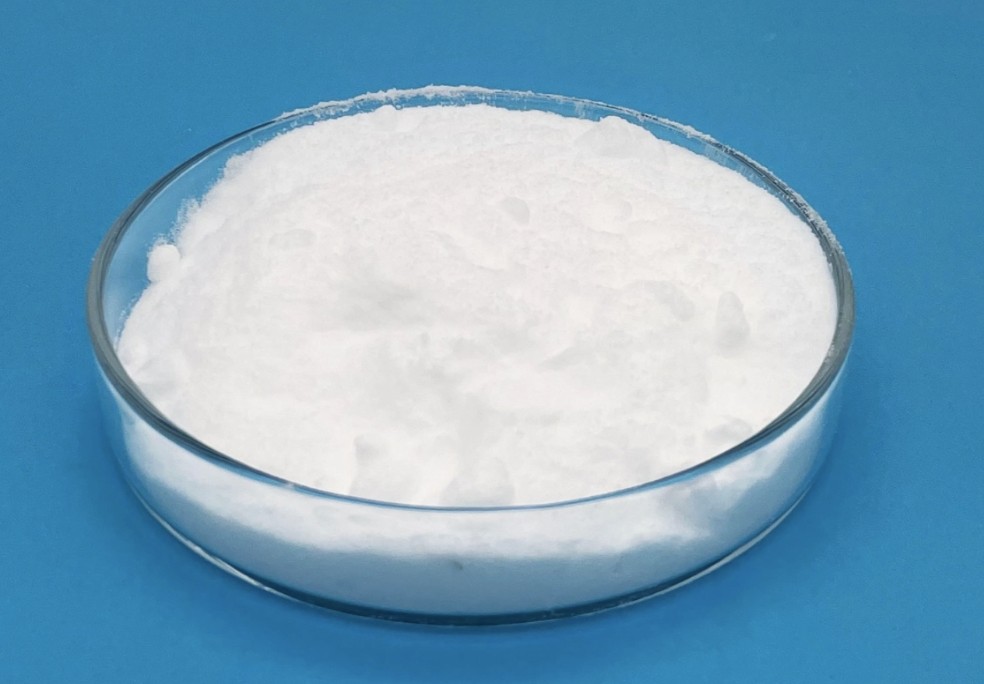نام محصول: Tetracaine hydrochloride
مترادف ها: Tetracaine HCL
CAS: 136-47-0
MF: C15H25ClN2O2
مگاوات: 300.82
EINECS: 205-248-5
mp: 149درجه سانتی گراد
دمای ذخیره سازی: Refrigerator
ظاهر: White Solid
استفاده: Local anesthetic; Mainly used in mucosa anesthetic.The function is stronger than Procaine and Lidocaine.
Tetracaine (INN, also known as amethocaine; trade name Pontocaine. Ametop and Dicaine) is a potent local anesthetic of the ester group. It is mainly used topically in ophthalmology and as an antipruritic, and it has been used in spinal anesthesia.
In biomedical research, tetracaine is used to alter the function of calcium release channels (ryanodine receptors) that control the release of calcium from intracellular stores. Tetracaine is an allosteric blocker of channel function. At low concentrations, tetracaine causes an initial inhibition of spontaneous calcium release events, while at high concentrations, tetracaine blocks release completely.
Tetracaine HCL is synthesized from 4-butylaminobenzoic acid. The ethyl ester is formed through an acid-catalyzed esterification reaction.
Tetracaine Hcl is a potent local anesthetic of the ester group.It is mainly used topically in ophthalmology and as an antipruritic,and it has been used in spinal anesthesia.
Tetracaine hydrochloride is indicated for the production of spinal anesthesia for procedures requiring two to three hours.
The efficacy profile of lidocaine as a local anesthetic is characterized by a rapid onset of action and intermediate duration of efficacy. Therefore, lidocaine is suitable for infiltration, block, and surface anesthesia. Longer-acting substances such as bupivacaine are sometimes given preference for subdural and epidural anesthesias; lidocaine,اگر چه, has the advantage of a rapid onset of action.
In dental anesthesia, a relative insensitivity to lidocaine can occur for anatomical reasons due to unexpected positions of nerves. Some people with Ehlers-Danlos syndrome are insensitive to lidocaine.






















